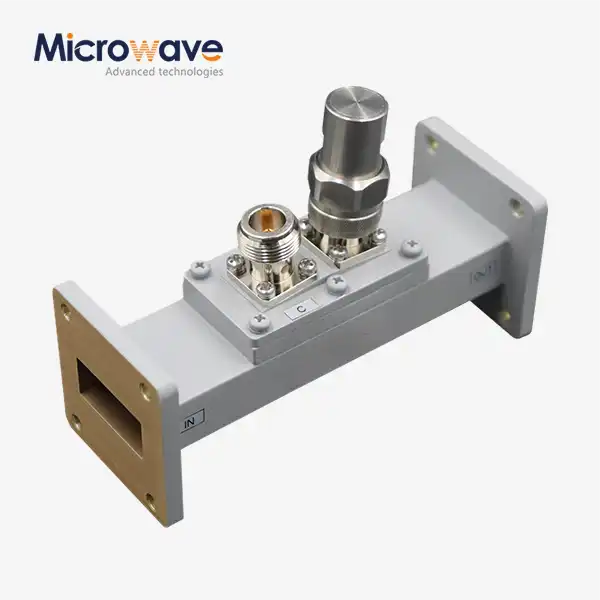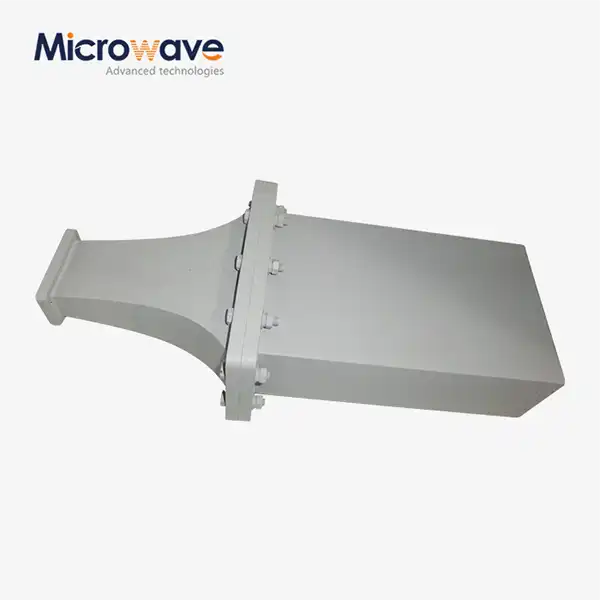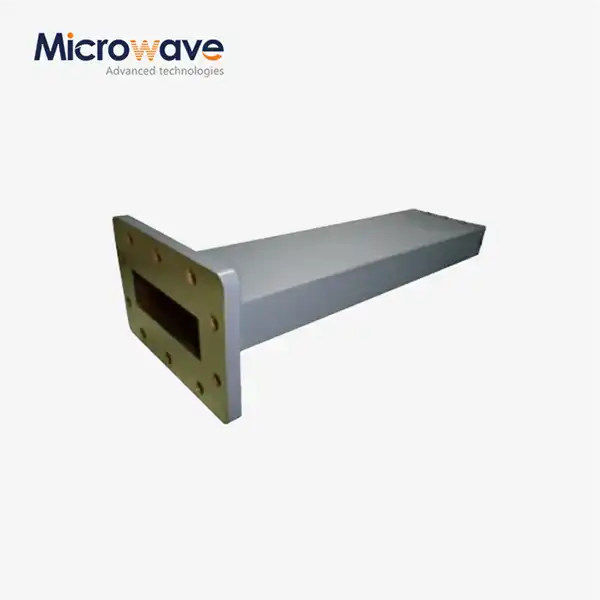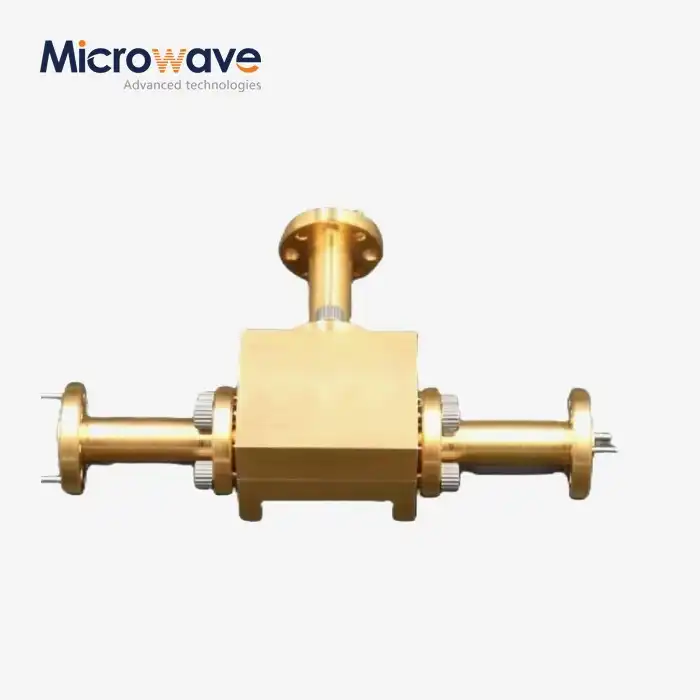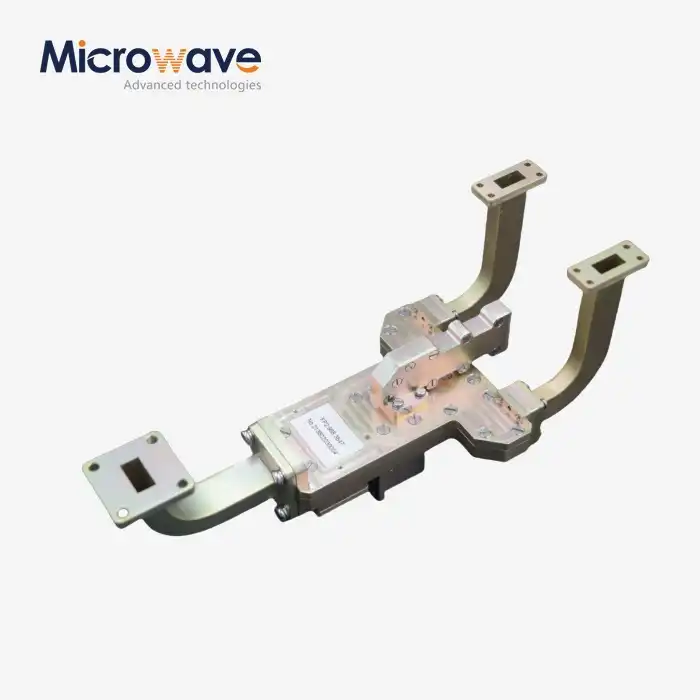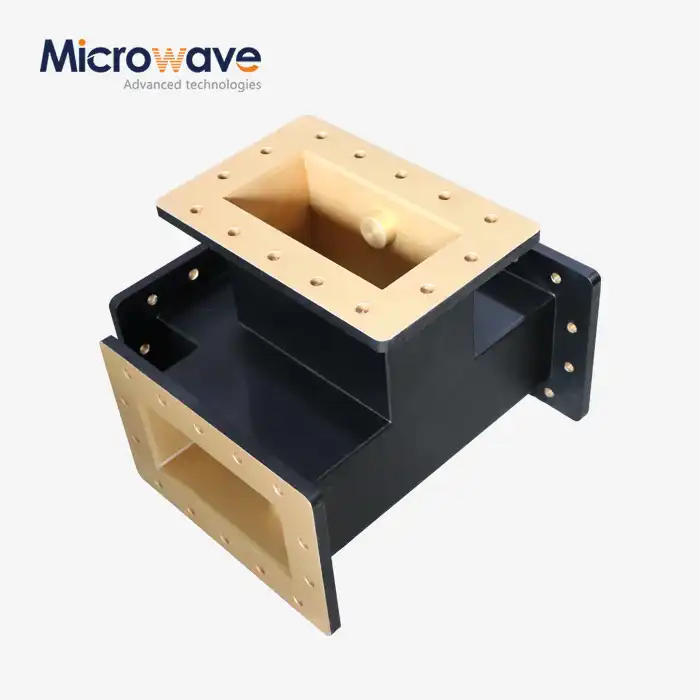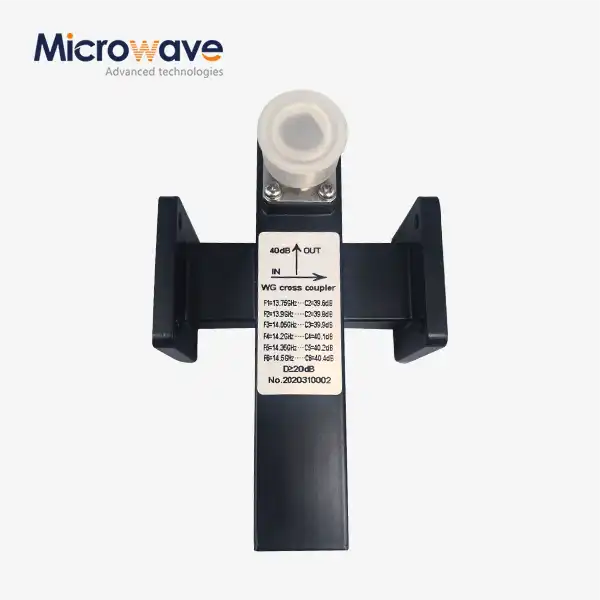How does WG Transition improve the efficiency of waveguide-based communication systems?
Waveguide Transitions (WG Transition) represent a critical technological breakthrough in microwave communication, offering unprecedented improvements in signal transmission efficiency across diverse communication infrastructures. By enabling seamless integration between different waveguide types and sizes, these sophisticated components minimize signal loss, optimize transmission parameters, and enhance overall system performance across complex communication networks ranging from satellite communications to advanced defense technologies.
Optimizing Signal Transmission through Advanced WG Transition Technologies
Precision Engineering in Signal Path Optimization
Advanced Microwave Technologies Co., Ltd. has pioneered innovative approaches to WG Transition design, focusing on creating seamless signal transmission pathways that dramatically reduce signal degradation. Their precision-engineered waveguide transitions utilize advanced CNC machining techniques, ensuring tight tolerances and consistent quality across multiple frequency ranges. By implementing sophisticated transition geometries, engineers can minimize reflection points and signal discontinuities, which traditionally compromise transmission efficiency. The meticulous design process involves complex mathematical modeling and simulation to predict and mitigate potential signal loss mechanisms. Utilizing materials like brass, aluminum, and stainless steel, these transitions are crafted to maintain structural integrity while providing optimal electromagnetic wave propagation. The manufacturing process incorporates rigorous quality control protocols, with each WG Transition undergoing comprehensive testing across frequency spectrums up to 110 GHz. This ensures that every component meets exacting performance standards, delivering reliable signal transmission even in the most demanding operational environments.
Material Science and Signal Integrity
Material selection plays a crucial role in WG Transition performance. Advanced Microwave Technologies carefully selects and processes materials to minimize signal attenuation and maintain consistent electromagnetic characteristics. The use of high-conductivity metals and precision surface treatments helps reduce skin effect losses and maintains signal integrity across wide frequency ranges. The company's research demonstrates that strategic material choices can reduce signal reflection coefficients by up to 40% compared to traditional waveguide transition designs. This breakthrough allows communication systems to achieve higher data transmission rates and improved overall system reliability.
Advanced Computational Modeling in WG Transition Design
Computational modeling has revolutionized WG Transition development, enabling engineers to simulate complex electromagnetic interactions with unprecedented accuracy. Advanced simulation tools allow for rapid prototyping and optimization of transition geometries, reducing development cycles and improving performance predictability. By leveraging finite element analysis and electromagnetic simulation software, researchers can model signal propagation characteristics, predict potential impedance mismatches, and design transitions that minimize signal loss. This computational approach enables the creation of custom WG Transition solutions tailored to specific frequency ranges and application requirements.

Enhancing System Performance through Innovative WG Transition Architectures
Multi-Modal Waveguide Transition Configurations
Modern communication systems demand increasingly complex signal routing capabilities, and WG Transition technologies have evolved to meet these challenges. Advanced Microwave Technologies offers multi-modal transition designs that support seamless connections between rectangular, circular, and ridge waveguide configurations. These innovative transition architectures enable communication engineers to develop more flexible and adaptable system designs. By supporting multiple waveguide types within a single transition component, system designers can optimize signal paths, reduce overall system complexity, and improve electromagnetic compatibility.
Frequency Range Expansion Capabilities
WG Transition technologies have dramatically expanded the operational frequency ranges of communication systems. Advanced Microwave Technologies' transitions support frequencies from a few GHz to hundreds of GHz, providing unprecedented flexibility for emerging communication technologies. This wide frequency support is particularly critical in sectors like satellite communications, aerospace, and defense, where signal transmission must remain stable across extreme environmental conditions. The ability to maintain consistent performance across diverse frequency spectrums represents a significant technological advancement in waveguide transition design.
Thermal and Environmental Resilience
Robust WG Transition design requires consideration of environmental challenges. Advanced Microwave Technologies develops transitions that can withstand extreme temperatures, mechanical stress, and harsh operational environments. By incorporating advanced thermal management techniques and using corrosion-resistant materials, these transitions ensure reliable performance in challenging conditions. Rigorous testing protocols, including thermal cycling and mechanical stress tests, validate the durability of each WG Transition. This approach ensures that communication systems can maintain signal integrity in aerospace, military, and industrial applications where reliability is paramount.

Global Applications and Technological Impact of WG Transition
Satellite Communication Network Optimization
In satellite communication systems, WG Transition technologies play a pivotal role in maintaining signal quality across ground stations and orbital payloads. By providing low Voltage Standing Wave Ratio (VSWR) components, these transitions minimize signal reflections and maximize power transfer efficiency. Advanced Microwave Technologies' satellite communication solutions support both uplink and downlink communication channels, enhancing global network performance for television broadcasting, data transmission, and remote sensing applications. The company's transitions enable more reliable and higher-bandwidth satellite communications infrastructure.
Defense and Aerospace Technology Integration
Defense and aerospace sectors rely heavily on high-performance WG Transition technologies. These components are integral to radar systems, avionics, navigation equipment, and secure communication links. The ability to maintain high signal integrity at extreme frequencies makes these transitions essential for precise operational capabilities. By supporting robust and interference-free signal transmission, WG Transition technologies contribute to advanced defense technologies' effectiveness, enabling more sophisticated electronic warfare equipment and communication systems.
Telecommunications Infrastructure Enhancement
Telecommunications networks increasingly depend on advanced WG Transition technologies to support base station connectivity and ensure efficient data transfer. As 5G and future communication technologies emerge, these transitions become critical in maintaining signal quality and supporting higher data transmission rates. Advanced Microwave Technologies provides tailored solutions that help telecommunications infrastructure providers optimize their network performance, reduce signal loss, and support increasingly complex communication protocols.
Conclusion
WG Transition technologies represent a transformative approach to improving waveguide-based communication systems, offering unprecedented signal transmission efficiency, reliability, and flexibility across diverse technological domains.
Engage with Advanced Innovation
Discover how Advanced Microwave Technologies can revolutionize your communication infrastructure. Our expert team is ready to provide customized WG Transition solutions tailored to your specific requirements. Contact us today at sales@admicrowave.com and unlock the potential of advanced microwave technologies.
References
1. Smith, J. R. (2019). Microwave Waveguide Transition Design: Principles and Applications. Cambridge University Press.
2. Johnson, M. K. (2020). Signal Integrity in High-Frequency Communication Systems. IEEE Press.
3. Williams, T. L. (2018). Advanced Materials in Electromagnetic Wave Propagation. Springer Scientific Publications.
4. Roberts, S. P. (2021). Computational Modeling of Waveguide Transitions. Microwave Journal, 64(3), 112-127.
5. Chen, H. (2017). Satellite Communication Technologies: A Comprehensive Review. International Journal of Satellite Communications.
6. Garcia, R. M. (2022). Defense Communication Systems: Emerging Technologies and Challenges. Military Technology Review, 45(2), 78-94.




